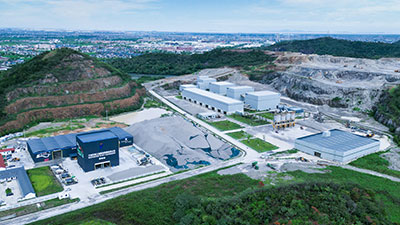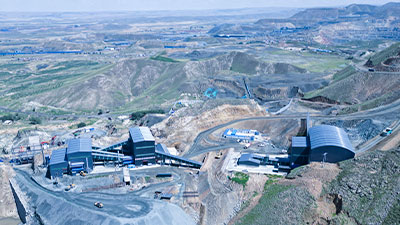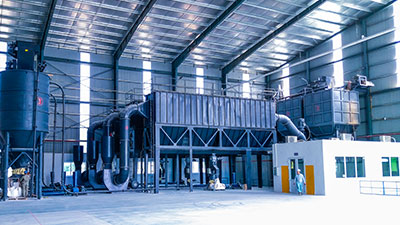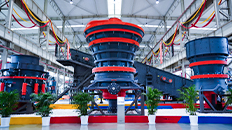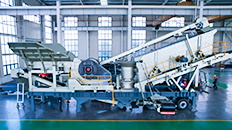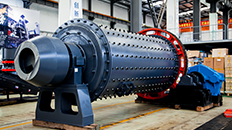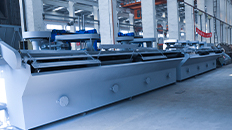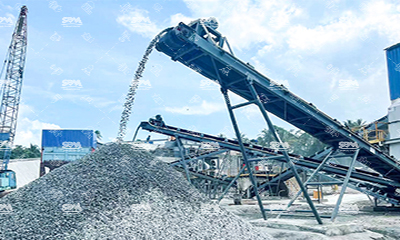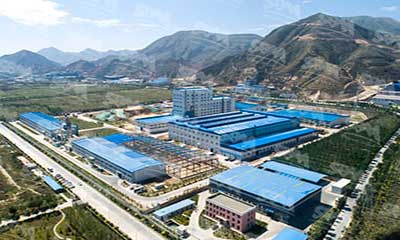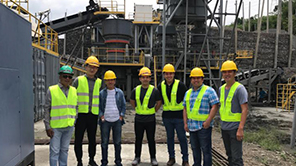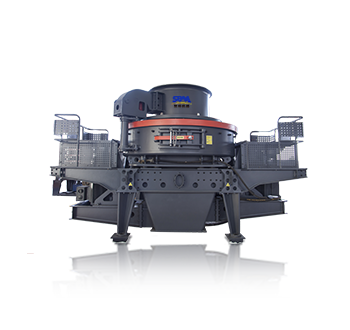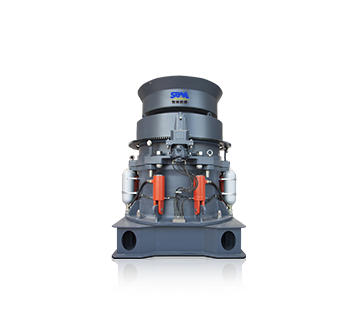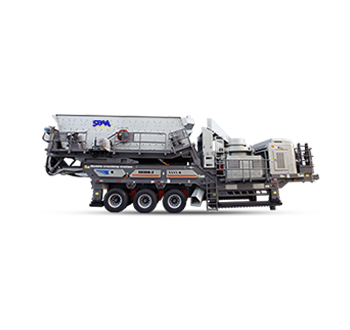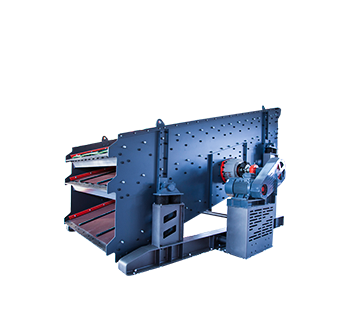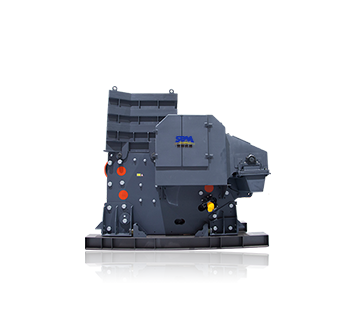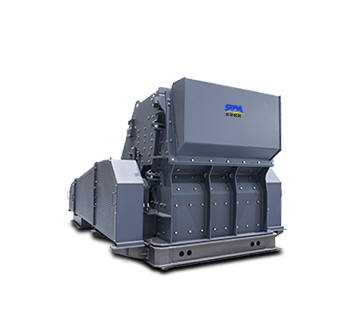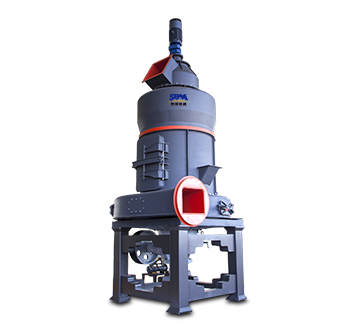Summary:This article details the comprehensive processing flow and the essential equipment used in silica sand processing plant.
Silica sand, mainly composed of silicon dioxide (SiO₂), is a crucial industrial raw material widely used in glass manufacturing, foundry, ceramics, electronics, and water filtration industries. Its quality and properties directly affect the performance of downstream products. The processing of silica sand involves a series of carefully designed steps and the use of specialized equipment to meet the strict requirements of different applications. This article details the comprehensive processing flow and the essential equipment used in silica sand processing plant.
The processing of silica sand is a multi - step procedure that involves several key stages to transform raw mined material into high - quality, usable sand.
- 1. Mining and Quarrying: Extracting raw silica sand from on - shore or off - shore deposits using excavators, loaders, or dredging vessels.
- 2. Crushing: Breaking down large lumps of raw silica sand into smaller particles through primary, secondary, and tertiary crushing using jaw crushers, cone crushers, or impact crushers.
- 3. Screening: Separating the crushed silica sand into various particle - size fractions with vibrating screens.
- 4. Washing: Removing impurities like clay, silt, and organic matter from the sand using sand washers.
- 5. Scrubbing: Employing mechanical force with sand scrubbers to dislodge tenacious impurities from the sand surface.
- 6. Magnetic Separation: Using magnetic separators to eliminate magnetic impurities such as iron oxides from the silica sand.
- 7. Flotation: Applying a chemical - based process in flotation cells to separate non - magnetic impurities like feldspar and mica from the sand.
- 8. Drying: Reducing the moisture content of the sand using rotary dryers.
- 9. Classification and Packaging: Re - classifying the dried sand to meet specific customer requirements and packaging it for storage and transportation.

1. Mining and Quarrying
The first step in silica sand processing is the extraction of raw materials from mines or quarries. Silica sand deposits can be found both on - shore and off - shore. On - shore deposits are usually mined through open - pit mining methods. In this process, large - scale earth - moving equipment such as excavators and loaders are used to remove the overburden, which is the layer of soil and rock covering the silica sand deposit. Once the overburden is removed, the raw silica sand is exposed and can be loaded onto trucks or conveyor belts for transportation to the processing plant.
Off - shore silica sand mining, on the other hand, often involves the use of dredging vessels. These vessels are equipped with suction pumps and long pipes that can reach the seabed to extract the silica sand. The extracted sand is then transported to land - based processing facilities using barges or pipelines.
2. Crushing
Before screening, raw silica sand often contains large lumps or stones that need to be reduced in size. The crushing process is essential to break down these oversized materials into smaller particles that can be further processed.
2.1 Primary Crushing
For the initial reduction of the large - sized raw silica sand, jaw crushers are commonly used in primary crushing operations.
Function: crush the raw ore (≤1m) to 50-100mm.
Advantages:
- Simple structure, large processing capacity, suitable for high hardness materials.
- The jaw plate is made of high manganese steel or composite wear-resistant materials to extend its life.
Typical models: PE series (such as PE600×900), C6X series jaw crusher (such as C6X180).

2.2 Secondary and Tertiary Crushing
After primary crushing, secondary and tertiary crushing may be required to further reduce the particle size to the desired range for screening. Cone crushers can produce a more uniform particle size and are suitable for handling medium - to - hard materials like silica sand.
Function: crush 50-100mm materials to 10-30mm, providing suitable particle size for grinding.
Advantages:
- Strong wear resistance: The lining of the crushing chamber is made of high chromium alloy or tungsten carbide, which is suitable for the high abrasiveness of quartz.
- Uniform particle size: laminated crushing principle, reducing over-crushing and improving the yield rate.
- Energy saving and high efficiency: Compared with impact crusher, cone crusher has 20%-30% lower energy consumption (lower long-term operating cost).
Common types:
- HST Single-cylinder hydraulic cone crusher: high degree of automation and easy maintenance.
- HPT Multi-cylinder hydraulic cone crusher: more precise particle size adjustment, suitable for high production capacity requirements.
Impact crusher, on the other hand, use the impact force to break the material. The silica sand particles are thrown against impact plates or breaker bars at high speed, causing them to shatter and break into smaller pieces. Impact crushers are known for their ability to produce a high - quality cubical - shaped product, which is beneficial for applications where particle shape matters, such as in the production of construction aggregates.

3. Screening
After the crushing process, the silica sand needs to be separated into different particle - size fractions according to the requirements of various applications. The main equipment used for screening is the vibrating screen.
A vibrating screen consists of a screening deck with a series of meshed screens of different sizes. The crushed silica sand is fed onto the top - most screen, and as the screen vibrates, the sand particles pass through the meshes based on their size. Smaller particles fall through the appropriate meshes to lower levels, while larger particles remain on the upper screens. This process effectively divides the silica sand into different size groups, which can be further processed or stored separately.

4. Washing
Silica sand washing is a crucial step to remove impurities such as clay, silt, and organic matter from the silica sand. The main equipment used for washing is the sand washer, which comes in different types, including spiral sand washers and bucket - type sand washers.
In a spiral sand washer, the silica sand is fed into a large trough filled with water. A slowly rotating spiral mechanism moves the sand along the trough. As the sand moves, the water flushes away the lighter impurities, which are carried out of the trough. The clean sand is then discharged at the end of the trough. Bucket - type sand washers, on the other hand, use a series of buckets attached to a rotating chain or belt. The buckets scoop up the sand from the water - filled tank, and as they rotate, the water drains away, leaving relatively clean sand.

5. Scrubbing
For silica sand with more tenacious impurities that are difficult to remove by simple washing, scrubbing is employed. Scrubbing equipment, such as sand scrubbers, use mechanical force to break the bonds between the impurities and the sand particles.
Sand scrubbers typically consist of a large rotating drum or a high - speed impeller - based chamber. The silica sand, along with water, is fed into the scrubber. The intense mechanical action inside the scrubber, such as the friction generated by the rotating parts or the high - speed impact of water jets, effectively dislodges the impurities from the sand surface. This process significantly improves the purity of the silica sand.
6. Magnetic Separation
Silica sand may contain magnetic impurities such as iron oxides. Magnetic separation is used to remove these magnetic substances and improve the quality of the sand, especially for applications in the glass and electronics industries where iron content must be kept to a minimum.
The main equipment for magnetic separation is the magnetic separator. There are different types of magnetic separators, such as drum magnetic separators and cross - belt magnetic separators. In a drum magnetic separator, the silica sand passes over a rotating magnetic drum. The magnetic impurities are attracted to the drum's surface and are carried away from the non - magnetic sand, which continues to move along the conveyor belt. Cross - belt magnetic separators use a magnetic field to attract and remove magnetic particles from the flowing sand stream.

7. Flotation
Flotation is an advanced process used to separate non - magnetic impurities, such as feldspar and mica, from silica sand. This method is based on the difference in the surface properties of different minerals.
In the flotation process, chemicals called collectors, frothers, and depressants are added to a slurry of silica sand and water. The collectors selectively attach to the surface of the target impurities, making them hydrophobic. Frothers are added to generate a stable froth layer on the surface of the slurry. When air is introduced into the flotation cell, the hydrophobic impurities adhere to the air bubbles and rise to the surface, forming a frothy layer. The froth, containing the impurities, is then skimmed off, leaving behind a more pure silica sand product.
8. Drying
After the various purification processes, the silica sand usually contains a significant amount of moisture. Drying is necessary to reduce the moisture content to an acceptable level for storage and further use.
The most commonly used drying equipment is the rotary dryer. A rotary dryer consists of a large, slowly rotating cylindrical drum. The wet silica sand is fed into one end of the drum, and hot air, generated by a burner or a heat exchanger, is introduced into the drum. As the drum rotates, the sand tumbles through the hot air stream, and the moisture is evaporated. The dried sand is then discharged from the other end of the drum.
9. Classification and Packaging
Finally, the dried silica sand is classified again to ensure that it meets the specific particle - size requirements of different customers. This may involve the use of additional screening or air - classification equipment.
Once the classification is complete, the silica sand is packaged into bags, bulk containers, or shipped in bulk using trucks, trains, or ships, depending on the quantity and destination. Packaging materials are selected to protect the sand from contamination during transportation and storage.
The processing of silica sand is a complex and multi - step process that requires the use of a variety of specialized equipment. Each step in the process plays a crucial role in removing impurities, adjusting particle size, and improving the overall quality of the silica sand to meet the diverse needs of various industries.
With over 30 years in the industry, SBM excels in silica sand processing. Our expert team utilizes advanced equipment and proven techniques to ensure high - quality output. From mining to packaging, we handle every step with precision, delivering customized solutions for glass, foundry, and other sectors. Committed to quality and efficiency, we're your reliable choice for all silica sand processing needs.

